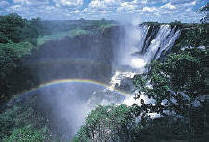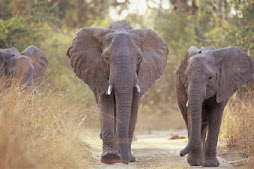Agriculture has been slowing down in Zambia and all over Africa. In 2007 Norway tried to fix that problem. Norway had given funds for the conservation farming project.The permanent secretary was chosen to lead this project. The Norway government gave Zambia 5 million U.S. dollars to try to help scale up conservation agriculture among small scale farmers.
Now that they have this money, things will change. Since about 1.3 million people in Zambia live on farms, they will be changed the most, for the better. The low crop and soil productivity will stop and Zambia will become better. Before this problem was a challenge bu the solution exists in today's technology, and now they have the money to buy and help their people.Because of Norway, Zambia has a chance to flourish and become a productive country and feed more poeple in Zambia.





